Exoskeleton Technology Developers
Mechanical augmentation of human movement is no longer the realm of science fiction—it is a fast-growing reality driven by the ingenuity of exoskeleton technology developers. These professionals create wearable robotic systems that assist or enhance mobility for patients recovering from musculoskeletal injury, spinal cord trauma, or neurological impairments. Their designs represent a confluence of robotics, AI, biomechanics, and sensor integration, promising new dimensions in rehabilitation and long-term orthopedic care.
Exoskeleton technology developers are reshaping how patients relearn to walk, lift, or perform daily activities after debilitating injuries. By offloading joint pressure, enhancing muscle strength, and correcting movement patterns, exoskeletons empower individuals during critical stages of rehabilitation. Some models are used in clinics to assist therapists during gait retraining, while others are built for home use, enabling continuous recovery. Developers work closely with orthopedic clinicians, rehabilitation experts, and software engineers to ensure devices align with therapeutic goals and patient safety. Key focus areas include minimizing device weight, improving battery life, and enhancing motion adaptability through machine learning. These wearable systems are also being trialed in preventive orthopedics—for instance, reducing workplace injuries by supporting lumbar load during heavy lifting. As technology advances, exoskeleton technology developers are poised to redefine mobility, offering not just assistive devices but transformative tools that merge human capacity with intelligent support.

Stephen S Tower
University of Alaska Anchorage, United States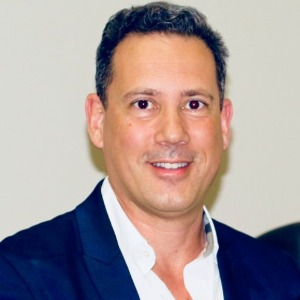
Marcos Brioschi
American Academy of Thermology, United States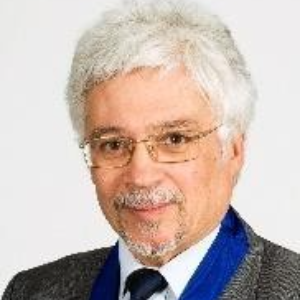
Wagih El Masri
Keele University, United Kingdom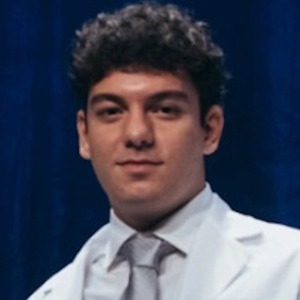
Arif Akkok
Lake Erie College of Osteopathic Medicine, United States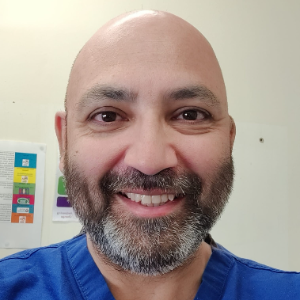
Akash Ganguly
Warrington and Halton Hospitals NHS FT, United Kingdom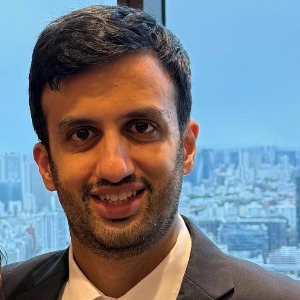
Sajid Ali
The Dudley Group NHS Foundation Trust, United Kingdom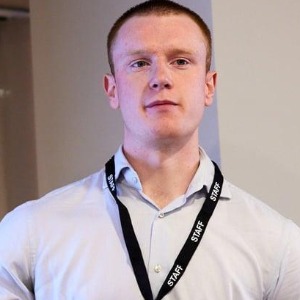




Title : The UK profemur recall and implant cobaltism
Stephen S Tower, University of Alaska Anchorage, United States
Title : The tomographic phenotype and the genotype of wormain bones
Ali Al Kaissi, National Ilizarov Medical Research Center for Traumatology and Orthopaedics, Russian Federation
Title : New treatment of muscle contracture and joint contracture through muscle regeneration with mitochondrial dynamics
Ki Ji Lee, Busan Medical University, Korea, Republic of
Title : New treatment of sarcopenia through muscle regeneration with mitochondrial dynamics
Ki Ji Lee, Busan Medical University, Korea, Republic of
Title : The prevalence and association of self-reported depression symptoms with musculoskeletal pain and quality of life among pregnant women
Youssef Masharawi, Tel Aviv University, Israel
Title : Bipolar hemiarthroplasty under local anesthesia (2%)
Ketan Karabhai Parmar, Aayush Multispecialty Hospital, India